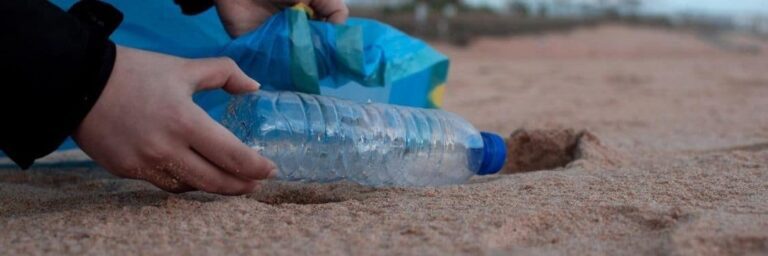During treatment, diagnosis, or immunisation of animals and human, clients and medics in Australia’s health sector produce a lot in the form of medical waste. This type of waste strictly refers to the resultant waste in clinics, human and vet hospitals, research, pathologists and dentist facilities. They can be in the form of soiled bandages, used surgical gloves, fluid and blood samples, used medical devices, radioactive materials, soft tissues and bones and surgical instruments.
According to ABC NEWS, doctors and nurses are decrying the devastating level of hospital and medical wastes production in Australia. Concerned parties such as the hospital managers and the government are putting a little effort to recycle or reuse the wastes. A lot is perceived as single-use hence ends up straight to the dustbins. These include surgical gowns and tweezers.
According to Australian nurses and doctors, it is daunting to measure the rate of waste production. It is also hard to scribe down the statistics. Generally, they all find it tough to take their time tallying up the amounts of wastes produced. In short, they anonymously agree to the fact that they contribute to the overall lack of accountability, interest and support to spearhead environmental conscious hospital wastes collection, disposal, auditing and treatment. Otherwise, they admit collecting a big bin of plastic in every surgery.
Due to its large volume, complexity and toxicity, hospital waste is overly expensive to treat or dispose of. In Australia, most hospitals prefer incineration since it is the safest and least harmful method. However, with only some few incinerators, that is a red flag as far as environmental stewardship is concerned. According to, it is high time the government stops overlooking hospital wastes and invest hugely in its safer method of handling.
According to a Victorian recent report, USA produces 4 billion pounds of medical waste. 70% of the generated waste come from the theatres. Unlike in Australia, these waste are steam treated and dumped in landfills. Though burdensome, to them, this is a safer method compared to incineration. But, since the sole purpose of the study was to develop a proper understanding of the amount and type of waste produced in Australia, the researchers went ahead to compare the rates of carbon emission between the USA medical wastes and the Australian counterpart. The resultant carbon emission by Australia represents 10% of the USA’s.
The amount of PVC produced in Australia’s health sector
Another insightful study by the Global Recycling states that Australia generates 15 tonnes of medical wastes per annum. The resultant PVC wastes represent 5-10% of the total waste produced annually in the healthcare sector. Vinyl Council of Australia estimates this total at 26,000 tonnes of PVC per annum. The PVC waste comes in the form of IV bags, oxygen tubing and face masks.
Unfortunately, only 25,000 tonnes of this type of waste is recycled locally. The rest is incinerated or transported for recycling in the oversea countries. As a country, that should worry any citizen.
Mathew Hoyne, a director at Welvic Company LTD, says they get 10 to 15 tonnes of PVC per month. The facility is equipped with advanced technological equipment that chomps and crunches up the waste into smaller pieces. Then, they melt and turn the waste into new plastic granules for customers.
Welvic is a local company based in Victoria that collects PVC-based hospital wastes in 170 hospitals. They aim to advance their coverage to 300 hospitals. With the new advancement, they believe that the company will receive approximately 2,000 tonnes of PVC waste per annum.
What next?
To ensure sustainability, a lot should be done to reuse and recycle the generated hospital waste. It is the only effective way of restoring, maintaining and improving the healthcare services without hurting the economy.
However, just as stated prior, hospital waste is harmful and can result in an infection if not properly handled. Therefore, it solely requires the intervention of experts in the field for safer collection and disposal.
At Paul’s Rubbish Removal, we provide a sustainable solution for the identification, collection and disposal of the medical wastes. We use a variety of well-labelled bins with lockable lids that are designed to prevent spillage of any liquid, soft tissue, PVC or any other type of waste. Working with us is a step towards attaining sustainability in your hospital waste removal and collection.







